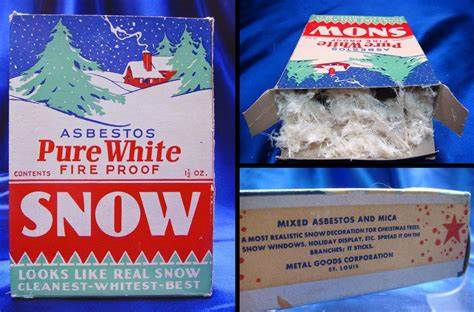Working Around Heavy Machinery
- Anna Hayford

- Mar 31, 2022
- 2 min read
75% of construction related “struck by” and “run over” fatalities involve heavy equipment.
Heavy equipment such as cranes, maintainers, bull dozers, front loaders, dump trucks, excavators, etc. are used on virtually every single construction site.
There are many hazards created by the use of this equipment for those who operate it and especially for those who work around the equipment.
All non-essential workers should remain outside the working area of heavy machinery. This working area is known as the Danger Zone.
Danger Zone
The working area where contact could result in personal injury or damage during operations.
Danger Zones include but are not limited to
Blind spots/areas of limited visibility
Rotating machinery
Swing radius
Travel path
Under suspended or overhead loads
Overhead hazards (utility lines, piping/cable trays)
Working over or around unground facilities
Two major hazards associated with heavy equipment:
Struck-by incidents - Is when an object striking a person causes the injury. An excavator bucket swinging around and striking a person in an open field would be a struck-by incident.
Caught-in or between incidents - Is when there is an injury due to crushing between two objects. An excavator counter-weight that turns and pins a person against a wall would be a caught-in or between incident.
One important safeguard in protecting yourself from these incidents is to stay out of the line of fire and always leave yourself an “out”. You should first always consider the safest place to be around equipment with regards to the line of fire.
Never put yourself in a situation where you do not have an out to escape danger.
Consideration when working around heavy equipment:
Inspection of the equipment prior to operation
A defined route and clear visual path for the operator when moving equipment from the point of origin to the work site.
Set up of the equipment at the work area should be stable and have enough space to allow the equipment and workers to perform the planned tasks.
Use 3-point mounting and dismounting technique off of heavy equipment
Establish a danger zone
Predefined hand signals or use of two-way radios
Wear high visibility clothing and Personal Protective Equipment
Always try to walk on the driver side of equipment as the passenger side has a larger blind spot.
Always stay alert
It is everyone’s responsibility to look out for one another while working around this equipment.


